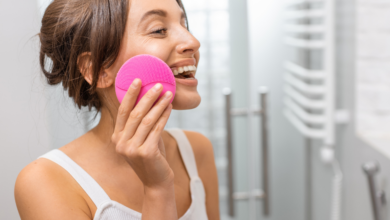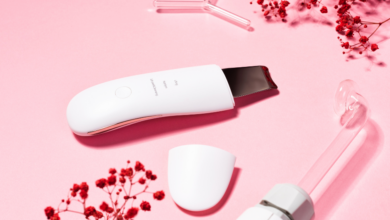
Discover the secrets to achieving healthy and glowing skin with the help of stylish.ae’s expert recommendations for exfoliation. In this article, we will explore the different skin profiles and provide tailored advice on how to effectively exfoliate for each type. Whether you have dry, oily, or sensitive skin, we’ve got you covered with our expert tips and product suggestions. Say goodbye to dull and tired skin, and say hello to a revitalized and radiant complexion!

Understanding Exfoliation
What is exfoliation?
Exfoliation is the process of removing dead skin cells from the surface of your skin. It involves using a variety of techniques, such as scrubs, brushes, or chemical peels, to slough off the outer layer of dead skin cells and reveal the fresh, new skin underneath.
Why is exfoliation important?
Exfoliation is an essential step in any skincare routine because it helps to unclog pores, prevent acne breakouts, improve skin texture and tone, and promote cell turnover. By removing the dead skin cells, exfoliation allows other skincare products to penetrate more effectively, resulting in a healthier and more radiant complexion.
Different types of exfoliation
There are two main types of exfoliation: physical and chemical.
Physical exfoliation involves using physical scrubbing agents, such as granules or brushes, to manually remove dead skin cells. This method is suitable for most skin types and provides immediate results.
Chemical exfoliation, on the other hand, involves using chemicals to dissolve the bonds between the skin cells and promote their removal. This method is gentler and more suitable for sensitive or acne-prone skin types. Common chemical exfoliants include alpha-hydroxy acids (AHAs) and beta-hydroxy acids (BHAs).
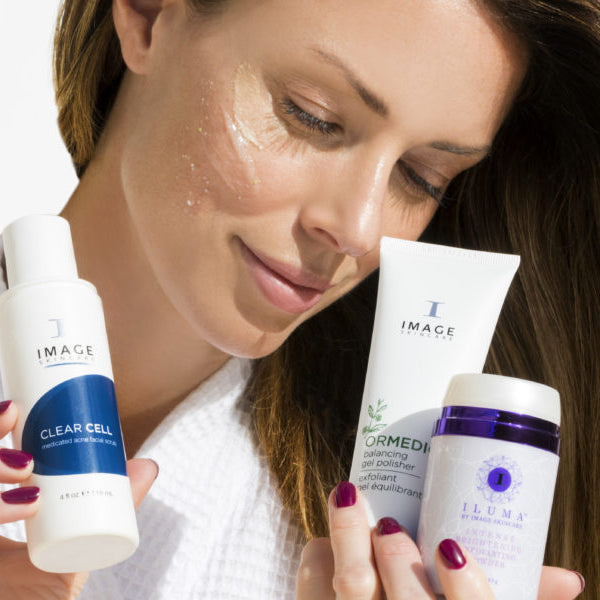
Identifying Your Skin Profile
Determining your skin type
To properly care for your skin, it is important to determine your skin type. There are five main skin types: normal, dry, oily, combination, and sensitive.
Normal skin is well-balanced and neither too oily nor too dry. It has a smooth texture and no visible pores.
Dry skin lacks moisture and often feels tight and flaky. It may have a dull appearance and fine lines or wrinkles.
Oily skin produces excess sebum, leading to a shiny and greasy complexion. It is prone to acne breakouts and enlarged pores.
Combination skin is a mix of both dry and oily areas. The T-zone (forehead, nose, and chin) is usually oilier, while the cheeks may be dry.
Sensitive skin is easily irritated and reacts to certain products or environmental factors. It may experience redness, itching, or burning sensations.
Common skin concerns
Apart from skin types, there are various common skin concerns that individuals may experience. These concerns include acne breakouts, dryness, oiliness, dullness, hyperpigmentation, sun damage, and signs of aging.
Skin care routine for each skin profile
To effectively care for your skin, it is essential to have a tailored skincare routine for your specific skin profile. Here are some general recommendations for each skin type:
- Normal skin: a balanced skincare routine, including gentle exfoliation once or twice a week.
- Dry skin: moisturizing products, mild exfoliation to remove dead skin cells without causing further dryness.
- Oily skin: oil-free and non-comedogenic products, regular exfoliation to control excess oil and unclog pores.
- Combination skin: combination of products for dry and oily areas, exfoliation in oily zones twice a week.
- Sensitive skin: gentle, fragrance-free products, mild exfoliation with non-irritating ingredients.
- Acne-prone skin: products with acne-fighting ingredients like salicylic acid, gentle exfoliation to unclog pores.
- Mature skin: anti-aging products, gentle exfoliation to promote cell turnover and reduce fine lines.
- Dull skin: brightening products, regular exfoliation to reveal a fresh and luminous complexion.
- Sun-damaged skin: products with SPF protection, gentle exfoliation to remove damaged cells and encourage repair.
- Hyperpigmentation: products with brightening ingredients like vitamin C, exfoliation to fade dark spots.
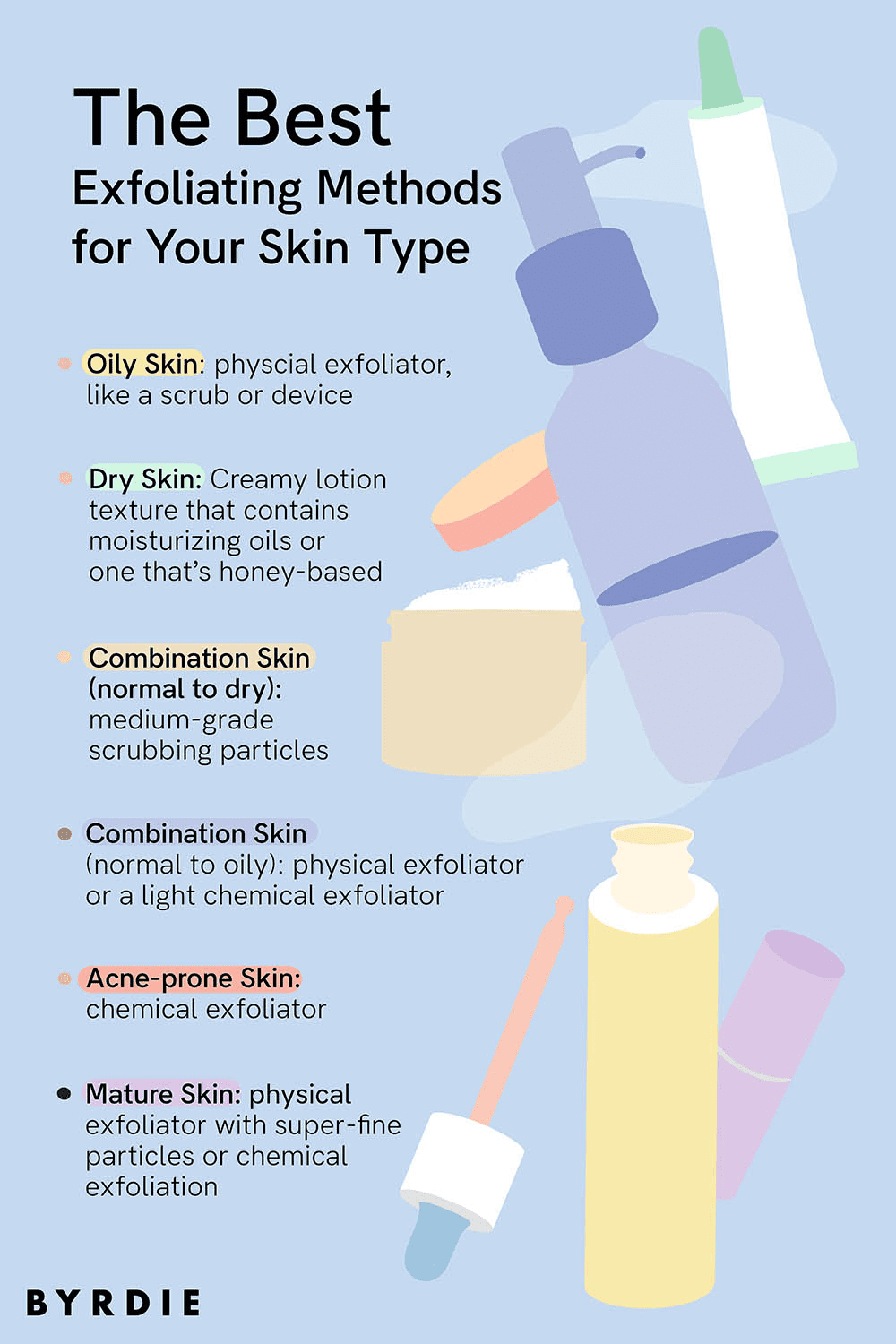
Exfoliation Recommendations
Exfoliation for normal skin
For normal skin, you can opt for both physical and chemical exfoliation methods. Physical exfoliants like facial scrubs or brushes can be used once or twice a week to polish the skin’s surface gently. Chemical exfoliants with AHAs like glycolic acid or lactic acid can also be incorporated in your skincare routine to promote cell turnover.
Exfoliation for dry skin
When it comes to exfoliating dry skin, it is important to choose gentle methods that won’t further strip away moisture. Instead of harsh physical scrubs, opt for enzymatic exfoliators or mild chemical exfoliants like PHA (polyhydroxy acids), which are gentler on dry skin. Limit exfoliation to once a week to avoid over-drying.
Exfoliation for oily skin
Oily skin benefits from regular exfoliation to remove excess oil and unclog pores. Physical exfoliants like scrubs with fine granules or soft brushes can be used two to three times a week. Chemical exfoliants with BHAs like salicylic acid are also effective in controlling oil production and preventing breakouts.
Exfoliation for combination skin
For combination skin, it is important to balance exfoliation between dry and oily areas. You can use physical exfoliants or soft brushes twice a week on the oily T-zone, while opting for gentler chemical exfoliation like AHAs on the drier areas. This helps to unclog pores without further drying out the skin.
Exfoliation for sensitive skin
When it comes to sensitive skin, it is crucial to choose gentle and non-irritating exfoliation methods. Avoid harsh physical scrubs and opt for enzymatic or chemical exfoliants with soothing ingredients like chamomile or aloe vera. Limit exfoliation to once every two weeks to avoid potential irritation.
Exfoliation for acne-prone skin
Acne-prone skin benefits greatly from exfoliation as it helps to unclog pores and prevent breakouts. Opt for chemical exfoliants with BHAs like salicylic acid, as they penetrate deep into the pores and remove dead skin cells. Use exfoliants two to three times a week, but be cautious not to over-exfoliate, as it can lead to skin irritation.
Exfoliation for mature skin
Mature skin requires gentle exfoliation to promote cell turnover and reduce the appearance of fine lines and wrinkles. Opt for chemical exfoliants with AHAs like glycolic acid or lactic acid, as they help to stimulate collagen production. Use exfoliators two to three times a week, but be cautious not to overdo it, as aging skin may be more sensitive.
Exfoliation for dull skin
Dull skin can benefit from regular exfoliation to reveal a fresh and radiant complexion. Opt for chemical exfoliants with AHAs like glycolic acid, as they help to remove dead skin cells and stimulate cell turnover. Use exfoliators two to three times a week to revive dull skin and promote a healthy glow.
Exfoliation for sun-damaged skin
Sun-damaged skin requires gentle exfoliation to promote repair and fade dark spots. Opt for chemical exfoliants with brightening ingredients like vitamin C, as they help to reduce hyperpigmentation. Use exfoliants two to three times a week and ensure to follow up with SPF protection to prevent further damage.
Exfoliation for hyperpigmentation
Hyperpigmentation can be targeted with exfoliation to fade dark spots and even out the complexion. Opt for chemical exfoliants with brightening ingredients like vitamin C or kojic acid. Use exfoliants two to three times a week and be consistent to see visible results over time.
In conclusion, understanding your skin profile and choosing the right exfoliation methods are crucial for maintaining healthy and radiant skin. Tailor your exfoliation routine to your specific skin type and concerns to achieve the best results. Remember to be gentle and consistent with exfoliation and always follow up with moisturizers and sunscreen to protect your skin. Cheers to a glowing complexion!
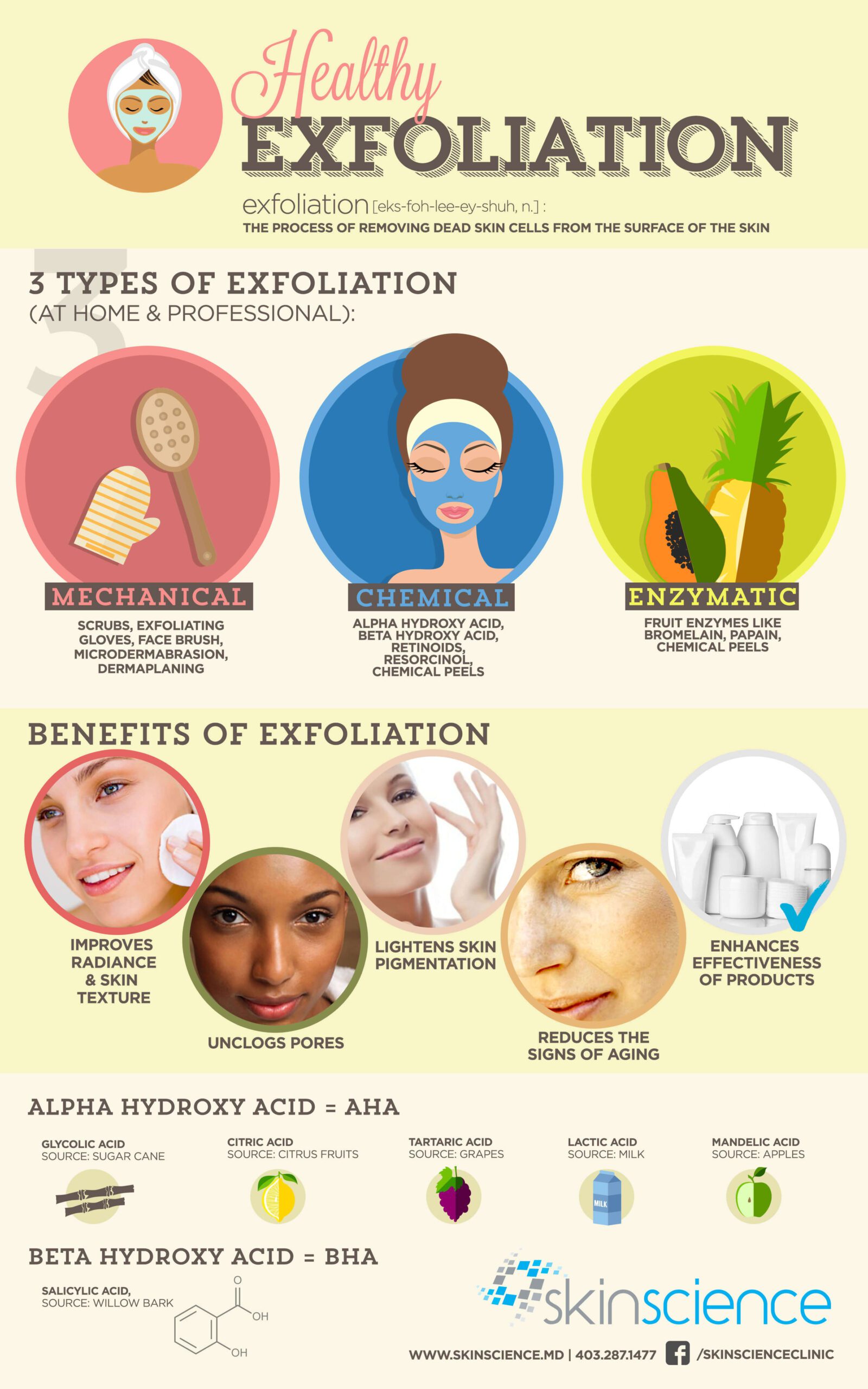
The Importance of Sleep for Maintaining Physical and Mental Health(Opens in a new browser tab)
Top 10 Skin Care Products(Opens in a new browser tab)
Clean & Clear daily wash exfoliating review(Opens in a new browser tab)

